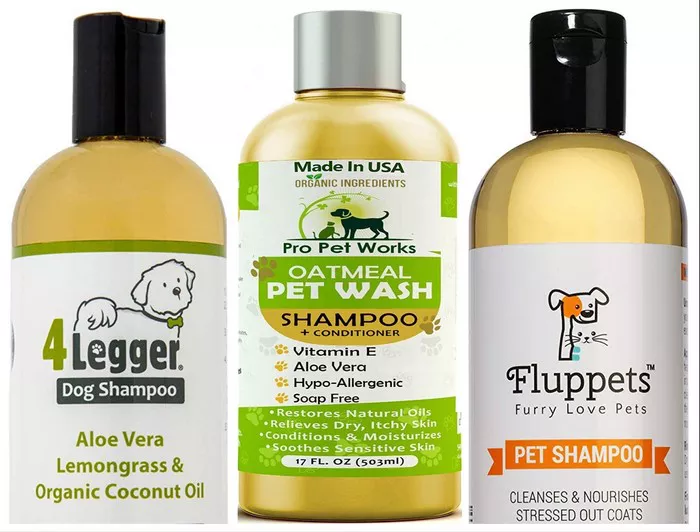In today’s fast-paced world, maintaining healthy and vibrant hair can be a challenge, especially if you’re dealing with the frustration of thin and damaged locks. Whether caused by heat styling, chemical treatments, or environmental factors, the journey to restore your hair’s luster begins with understanding the root causes and implementing effective solutions. In this guide, we’ll explore six key strategies to help you reclaim the beauty of your hair.
1. Identifying the Culprits: Unraveling the Causes of Thin Damaged Hair
The following are the causes of thinning and damaged hair:
1.1 Overstyling and Heat Damage:
One of the primary reasons for thin damaged hair is excessive styling and heat exposure. Frequent use of flat irons, curling wands, and blow dryers can strip your hair of its natural moisture, leading to brittleness and breakage.
1.2 Chemical Overload:
Harsh chemical treatments like perming, coloring, and relaxing can wreak havoc on your hair’s structure. These processes often involve the use of strong chemicals that weaken the hair shaft, resulting in thin and damaged strands over time.
1.3 Poor Nutrition and Lifestyle Choices:
Your hair’s health is a reflection of your overall well-being. A lack of essential nutrients, such as vitamins and proteins, can contribute to hair thinning and damage. Additionally, unhealthy lifestyle habits like smoking and excessive stress can negatively impact hair quality.
2. Revolutionize Your Hair Care Routine: Nourishment from Root to Tip
2.1 Gentle Cleansing and Moisturizing:
Opt for sulfate-free, hydrating shampoos to cleanse your hair without stripping away its natural oils. Follow up with a nourishing conditioner to restore moisture and improve the elasticity of your hair.
2.2 Deep Conditioning Treatments:
Integrate weekly deep conditioning treatments into your routine. Look for products enriched with ingredients like argan oil, keratin, and biotin, which promote hair repair and strengthen the cuticle.
2.3 Protective Styling:
Give your hair a break from heat styling tools by embracing protective hairstyles such as braids or buns. This minimizes exposure to damaging heat and reduces the risk of further breakage.
3. Nutritional Rehabilitation: Feeding Your Hair from Within
3.1 Protein-Rich Diet:
Incorporate protein-rich foods like lean meats, eggs, and legumes into your diet. Protein is the building block of hair, promoting strength and resilience.
3.2 Essential Vitamins and Minerals:
Boost your intake of vitamins A, C, and E, along with minerals like zinc and iron. These nutrients play a crucial role in maintaining a healthy scalp and supporting hair growth.
3.3 Hydration is Key:
Ensure you stay well-hydrated by drinking an adequate amount of water daily. Hydration is essential for maintaining the overall health of your hair and preventing dryness and breakage.
4. Trimming for Triumph: The Importance of Regular Haircuts
4.1 Say Goodbye to Split Ends:
Regular trims are essential for removing split ends and preventing them from traveling up the hair shaft. This not only enhances the appearance of your hair but also promotes healthier growth.
4.2 Styling Versatility:
Keeping your hair regularly trimmed allows for more styling versatility. Experimenting with different styles becomes easier when your hair is free from damaged ends.
5. Mindful Styling Practices: Protecting Your Tresses
5.1 Low Heat Styling:
When styling your hair, use low heat settings on your tools. High temperatures can cause irreparable damage, so opt for gentler styling methods to protect your hair’s integrity.
5.2 Detangle with Care:
Wet hair is more prone to breakage, so use a wide-tooth comb or a detangling brush to gently remove knots. Start from the ends and work your way up to minimize damage.
5.3 Silk Pillowcases:
Consider switching to silk pillowcases to reduce friction and minimize hair breakage while you sleep. Cotton pillowcases can cause more friction, leading to damage and split ends.
Consulting the Experts: Seeking Professional Guidance
6.1 Hair Care Professionals:
Schedule regular appointments with a trusted hair care professional. They can assess the condition of your hair, provide personalized advice, and recommend salon treatments that target specific concerns.
6.2 Dermatologist Consultation:
If thinning hair persists, consult with a dermatologist to rule out underlying medical conditions. Conditions like alopecia or hormonal imbalances could be contributing to your hair concerns.
See Also: [Revealed!] The Art of Washing Your Hair Less Frequently
In conclusion
Restoring thin damaged hair requires a holistic approach that addresses both external and internal factors. By adopting these strategies, you can embark on a journey to healthier, more resilient locks. Remember, consistency is key, and with time and dedication, you can revitalize your hair and regain the confidence that comes with a stunning mane.


